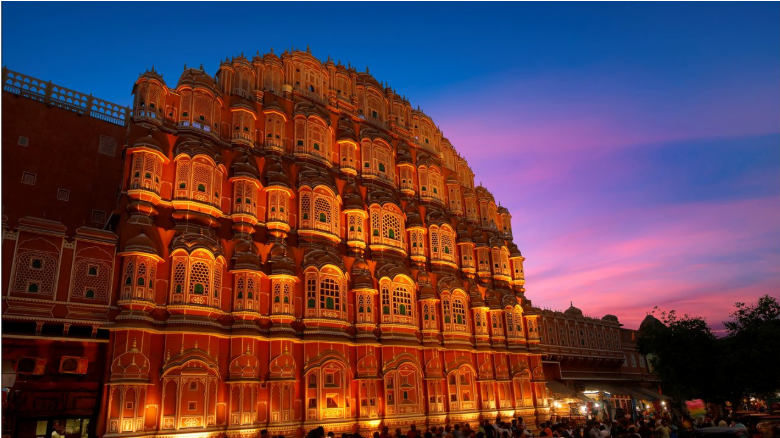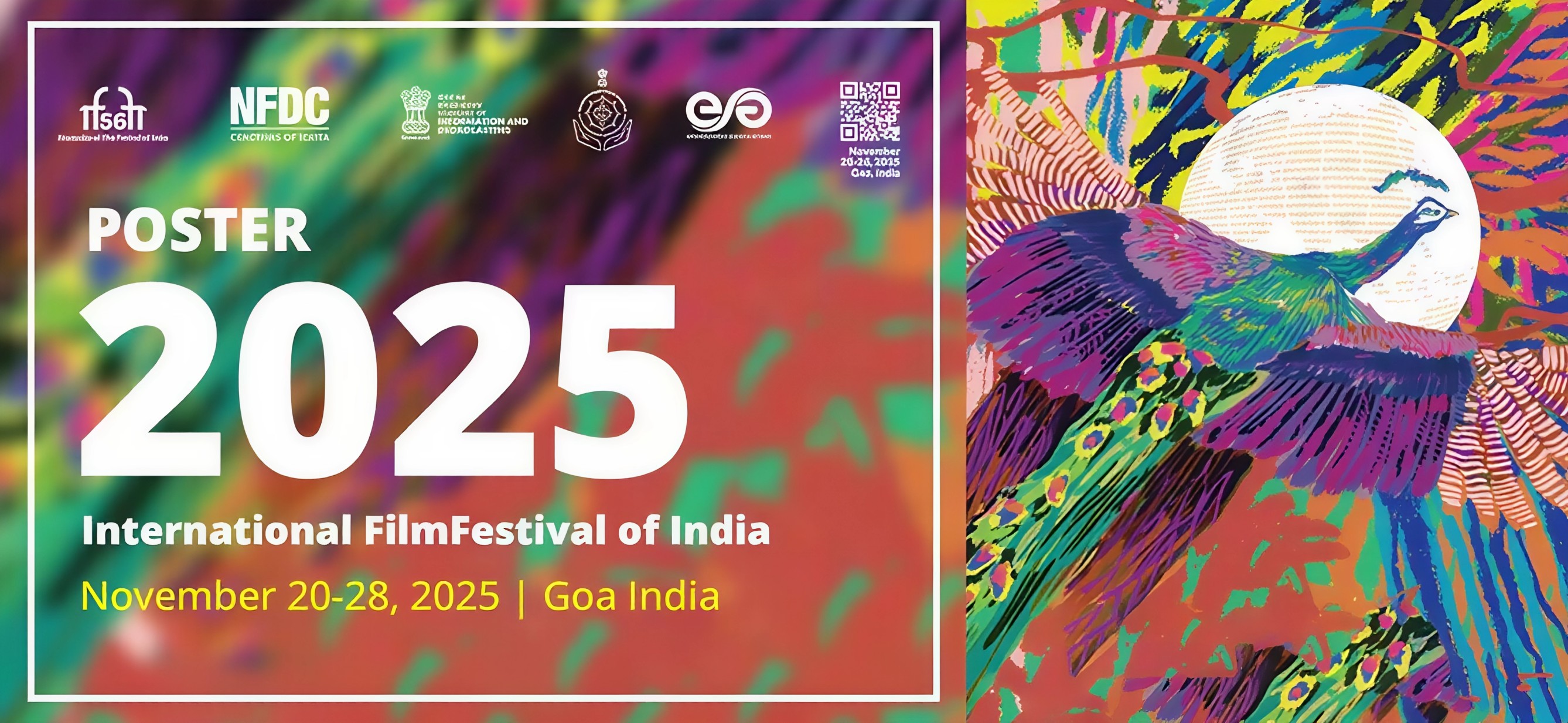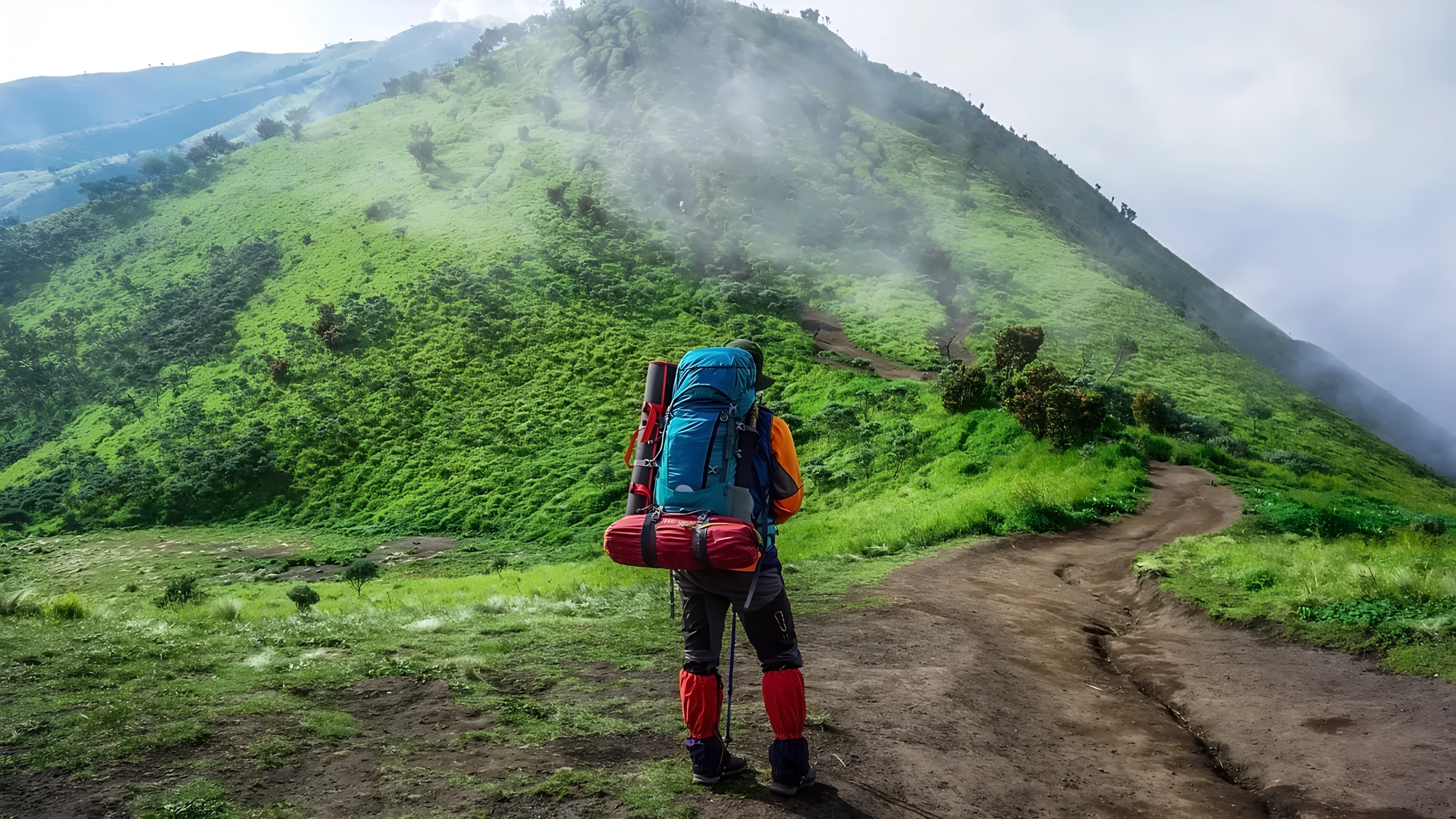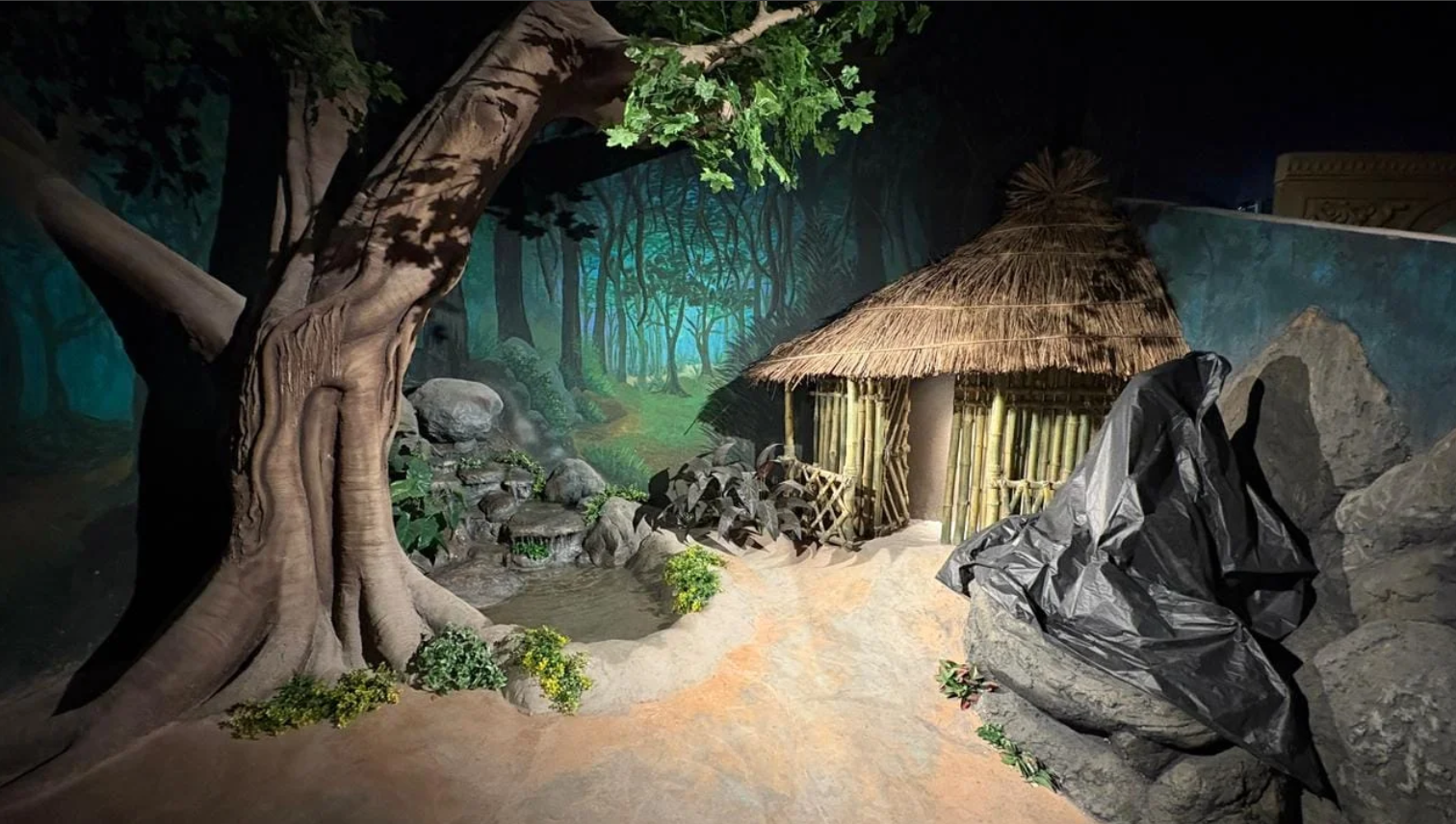A major transformation is underway for travellers who frequently commute between Delhi and Jaipur. The launch of a new expressway stretch connecting Bandikui to Jaipur, as part of the larger Delhi Mumbai Expressway project, promises to reduce the journey time between the two cities to around three hours. Designed as a high speed, access controlled corridor with speed limits of up to 120 kilometres per hour, this new route is already being seen as a game changer for weekend trips, business travel, and long distance commutes.
The expressway bypasses the older routes that were often clogged with traffic, particularly the Jaipur Agra highway via Dausa. With this new stretch in place, vehicles will now avoid crowded town routes and slow moving traffic, opting instead for a smooth drive along a purpose built road that connects directly to Jaipur’s outskirts.
The 69 kilometre link bridges Bagrana near Jaipur to Bandikui, and offers improved access for those approaching from Rotary Circle, Ring Road, or other parts of Jaipur. A cloverleaf junction at Bagrana allows seamless entry to the expressway, eliminating earlier bottlenecks and offering faster connectivity to the Delhi Noida Direct Flyway. From there, commuters can reach key locations like the New Delhi Railway Station or IGI Airport in just three to three and a half hours.
Previously, travellers had to exit at Dausa and navigate a network of national highways and local roads, often slowing down due to narrow lanes and town traffic. The new link now eliminates this inconvenience entirely. Designed with modern infrastructure in mind, the road also incorporates safety measures, smart signage, and better surface quality for consistent high speed travel.
To ensure connectivity for local populations and surrounding areas, four new interchanges have been constructed along the route at Bhedoli, Khurikurd, Sundarpura, and Geela ki Nangal. These interchanges will help distribute traffic more evenly and allow easier access for villages and regional travellers. Until now, most vehicles exited at Bandhrej in Dausa, causing pressure on local roads and slowing traffic across the Jaipur Agra belt. The improved interchange layout aims to change this pattern entirely.
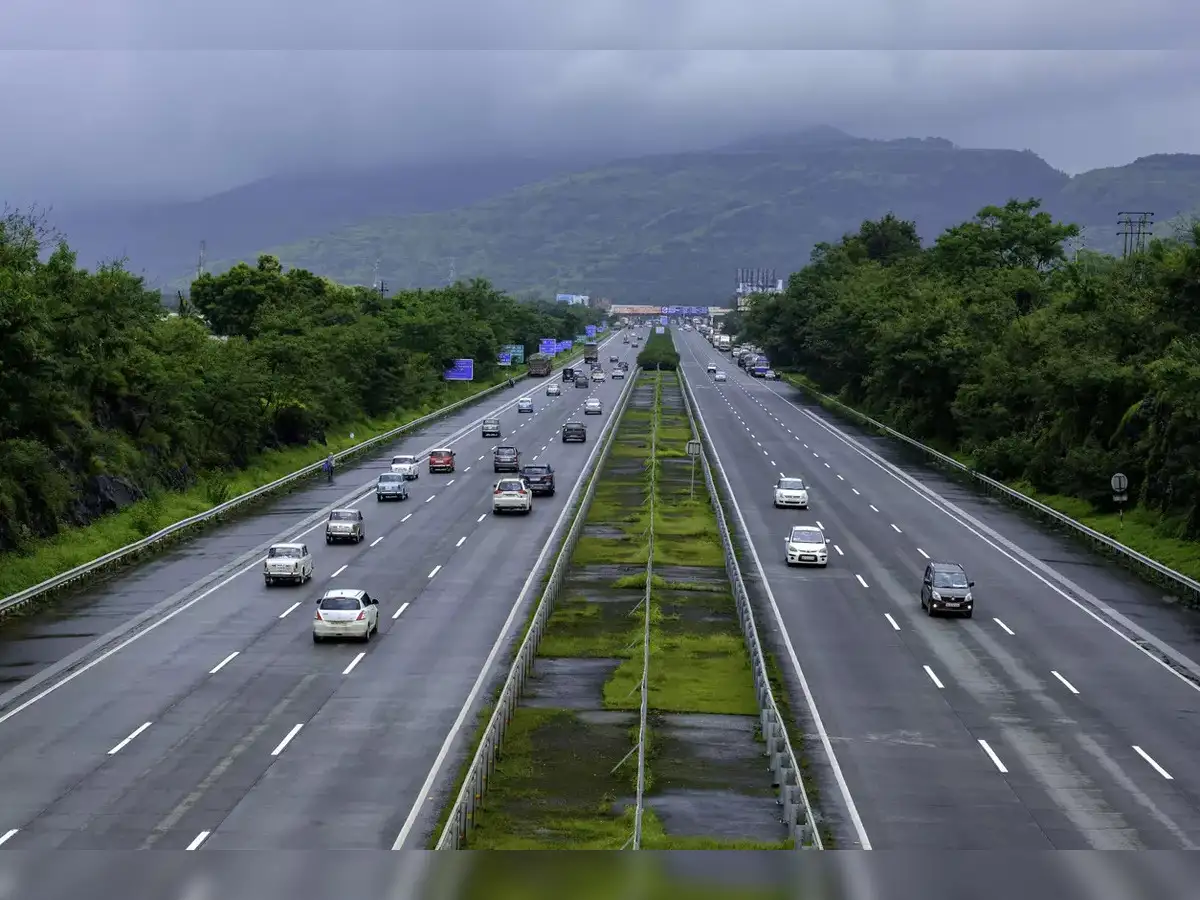
A ten day trial run began last Wednesday, allowing commuters to use the expressway toll free. Authorities are using this period to test all major systems including safety barriers, lane markings, and road quality. Feedback from this trial run will help identify any operational adjustments needed before toll collection begins officially. Officials are closely monitoring the situation to ensure that the route is ready for full scale usage without any delays or glitches.
For residents of Delhi and Jaipur, this new expressway offers a much needed upgrade to an otherwise exhausting route. For tourists, it means shorter, more efficient travel to one of India’s most beloved heritage cities. And for the state, it marks another step towards improving regional infrastructure and making high speed road travel more accessible.
With better roads, faster travel, and less time spent in traffic, this expressway sets the stage for smarter travel experiences between two major cities in North India.
For more updates on road trips, new routes, and travel planning tips, follow Travel Moves on Instagram and Facebook.

